Raising healthy-smiling kids can be intimidating. From picking the best toothpaste to determining when to take them in for that initial dentist visit, there's just so much to consider. We've been parents ourselves, after all, and we know the bewilderment. That is why we have created this down-to-earth guide based on real questions from real parents like you.
🏁Getting Started with Tooth Brushing
When Should Children Begin Brushing?
You might be surprised to learn that oral care starts before teeth even appear. Once your baby is born, gently wipe their gums with a clean, damp washcloth after feeding. When that first tooth pops up (usually around 6 months), it's time to switch to a soft baby toothbrush.
Here's the timeline that works:
- Birth to 6 months: Wipe gums with a damp cloth
- 6-18 months: Soft baby toothbrush with water only or a small amount of fluoride toothpaste
- 18 months to 3 years: Begin using fluoride toothpaste (amount about the size of a grain of rice)
- 3-6 years: Pea-sized amount of fluoride toothpaste
-
6 years and older: Children can brush independently, but continue to supervise
Making Brushing Actually Happen
It's half skill, half imagination getting kids to brush. Here's what works in real families:
The basics that matter:
- Time: 2 minutes, twice a day
- Angle: Hold brush at 45 degrees to the gums
- Motion: Gentle circles, not aggressive scrubbing
- Coverage: Hit every surface - front, back, and tops of teeth
- Don't forget: The tongue needs attention too
Making it less of a battle:
- Use a timer or fun brushing app
- Let them pick out their own toothbrush
- Brush your teeth at the same time
- Create a sticker chart for motivation
- Play their favorite song during brushing time
🪥Electric or Manual Toothbrush?
Both function well, but here's when each is useful:
Manual toothbrushes are ideal for:
- Assisting children in learning to brush correctly
- Being on a budget
- Traveling with
Electric toothbrushes are best suited for:
- Children who have trouble with manual brushing
- Timer that really works
- Making brushing more fun for resistant kids
What to look for by age:
- 0-2 years: Small head, extra soft bristles
- 3-5 years: Larger handle they can hold, bright colors or characters
- 6+ years: Medium bristles are fine, think about electric ones
😁Understanding How Teeth Grow
When Teeth Come and Go
Each child is unique, but here's the usual timeline so you'll know what to anticipate:
Baby teeth emerging:
- 6-12 months: Lower front teeth first
- 8-13 months: Upper front teeth
- 13-19 months: First molars (the big chewing teeth)
- 16-23 months: Pointy canine teeth
- 2-3 years: Second molars make up the set (20 baby teeth total)
Baby teeth falling out:
- Ages 5-6: Bottom front teeth typically fall out first
- Ages 6-7: Top front teeth are next
- Ages 9-12: Everything else falls out
- By age 13: Most children have their full adult set
Common Concerns: Thumb Sucking and Pacifiers
Is thumb sucking so bad? Not in young children, but timing is everything:
- Under 4 years of age: Not typically an issue
- Over 4 years of age: Can begin to impact tooth alignment
- Breaking the habit: Emphasize reward, not penalty
Pacifier guidelines that are effective:
- Reserve them for nap and comfort time
- Use the orthodontic-shaped varieties
- Wean around age 2-3
- Never dip them in something sweet
🛑Preventing Dental Problems
Keeping Cavities Away
The most effective prevention of cavities boils down to three things:
- Good brushing and flossing habits
- Smart food choices
- Regular dental checkups
Foods that fight cavities:
- Cheese, milk, and yogurt (full of calcium)
- Leafy greens such as spinach and kale
- Crunchy fruits and vegetables (apples and carrots are perfect)
- Plain water, especially if it's fluoridated
Foods to limit:
- Sticky candies that linger on teeth
- Fruit juices and sweetened drinks
- Continuous snacking on crackers or chips
- Dried fruits (they're sweet and surprising)
Those White Spots on Teeth
White spots can be anything:
- Tooth decay beginning early
- Too much fluoride in development of teeth
- Places where plaque accumulates
When to call the dentist:
- Spots that recur
- Teeth that are rough or pitted
- Your child complains of tooth sensitivity
- You can see holes in teeth
🪥Making Dental Visits Easier
That First Dental Visit
When to go: By your child's first birthday or within 6 months of their first tooth appearing, whichever comes first.
What happens:
- A gentle look at gums and teeth
- Discussion about how teeth are developing
- Tips for home care
- Getting your child comfortable with the dental office
Preparing for Success
Before the appointment:
- Read books about going to the dentist
- Play "dentist" at home with stuffed animals
- Use positive language (don't use words like "hurt" or "pain")
- Book appointments when your child is generally at their best
If your child is anxious:
- Remind yourself to remain calm (children sense your anxiety)
- Bring a comfort object if the office will permit
- Do deep breathing together
- Reward courageous behavior, not necessarily "being good"
How Often to Go
Most children require dental visits every 6 months, but some require more than that:
- Children who tend to get cavities
- Children with orthodontic appliances or braces
- Children with special medical conditions
- After some types of dental procedures
🧒🏽Dealing with Special Situations
When Children Grind Their Teeth
Why they do it:
- Stress and anxiety
- Biting surfaces that don't fit together quite correctly
- Sleep disturbances
- Just because they're a kid sometimes
When to worry:
- You notice wear on their teeth
- They're complaining about jaw pain
- It's interfering with their sleep
- They wake up with a headache
What works:
- Deal with any stress in their life
- Night guards for older kids
- Soothing bedtime routines
- Regular dental checkups to track
🦷Baby Tooth Cavities Need Treatment Too
Some parents ask if cavities in baby teeth are really important since they'll just fall out anyway. The response is yes, because:
- They really do hurt and cause infection
- Premature loss of baby teeth impacts spacing for adult teeth
- Infection can ruin the growing adult teeth underneath
- It helps kids understand that dental health is important
Mouthwash for Kids
Age guidelines:
- Under 6: Typically not recommended (too much swallowing risk)
- 6 and older: A-OK with adult supervision
- Fluoride rinses: Only with your dentist's recommendation
What to watch for:
- Alcohol-free ingredients
- Gentle flavors children can tolerate
- ADA seal of approval
- Proper age labeling
✏️Tips That Really Work
Creating Habits That Last
Make it a habit:
- Same day and time each day
- Make a bathroom ritual
- Praise progress and milestones
- Demonstrate good habits yourself
Give kids some autonomy:
- Select the color or character toothbrush
- Select from authorized toothpaste flavors
- Design their own brushing playlist
- Assist in designing their reward scheme
When to Call the Dentist Immediately
- Intense toothache
- Swelling of the face
- Chipped or knocked-off tooth
- Persistent bad breath or odor
- Red or white patches on the mouth
- Bleeding gums that won't recover
The Bottom Line on Prevention
Prevention is less expensive and easier than cure. Early good habits, proper products, and proper dental care provide your child with the best chance of a lifetime of healthy teeth.
💭Final Thoughts
All parents desire to do the right thing for their child, particularly concerning health. The questions you're inquiring about are the same questions hundreds of other parents have every single day. Being kind, consistent, and emphasizing safe, effective care puts you well ahead of the game.
Keep in mind that all children grow at their own rate, and one family's solution may require adjusting to work for another. When in doubt, consult your child's dentist or pediatrician. They can provide you with guidance specific to your particular child and situation.
The time you spend on your child's oral health today will pay dividends for a lifetime. Start small, stay consistent, acknowledge the victories along the way, and don't forget that developing healthy habits is a process, not a sprint.
📎External References
-
American Dental Association (ADA). "Healthy Habits - Babies and Kids." MouthHealthy - Oral Health Information from the ADA. Available at: https://www.mouthhealthy.org/life-stages/babies-and-kids/healthy-habits-babies-and-kids
-
American Academy of Pediatrics (AAP). "Good Oral Health Starts Early: AAP Policy Explained." HealthyChildren.org. Available at: https://www.healthychildren.org/English/healthy-living/oral-health/Pages/Brushing-Up-on-Oral-Health-Never-Too-Early-to-Start.aspx
-
Centers for Disease Control and Prevention (CDC). "Oral Health Tips for Children." CDC.gov, Updated December 19, 2024. Available at: https://www.cdc.gov/oral-health/prevention/oral-health-tips-for-children.html
-
American Academy of Pediatric Dentistry (AAPD). "Oral Health Policies and Recommendations." AAPD.org. Available at: https://www.aapd.org/research/oral-health-policies--recommendations/
-
Centers for Disease Control and Prevention (CDC). "About Fluoride." CDC.gov, Updated May 23, 2024. Available at: https://www.cdc.gov/oral-health/prevention/about-fluoride.html
-
American Academy of Pediatrics (AAP). "Fluoride for Children: Parent FAQs." HealthyChildren.org. Available at: https://www.healthychildren.org/English/healthy-living/oral-health/Pages/FAQ-Fluoride-and-Children.aspx
Always seek professional guidance from your pediatric dentist and choose products bearing the ADA Seal of Acceptance.
Read more
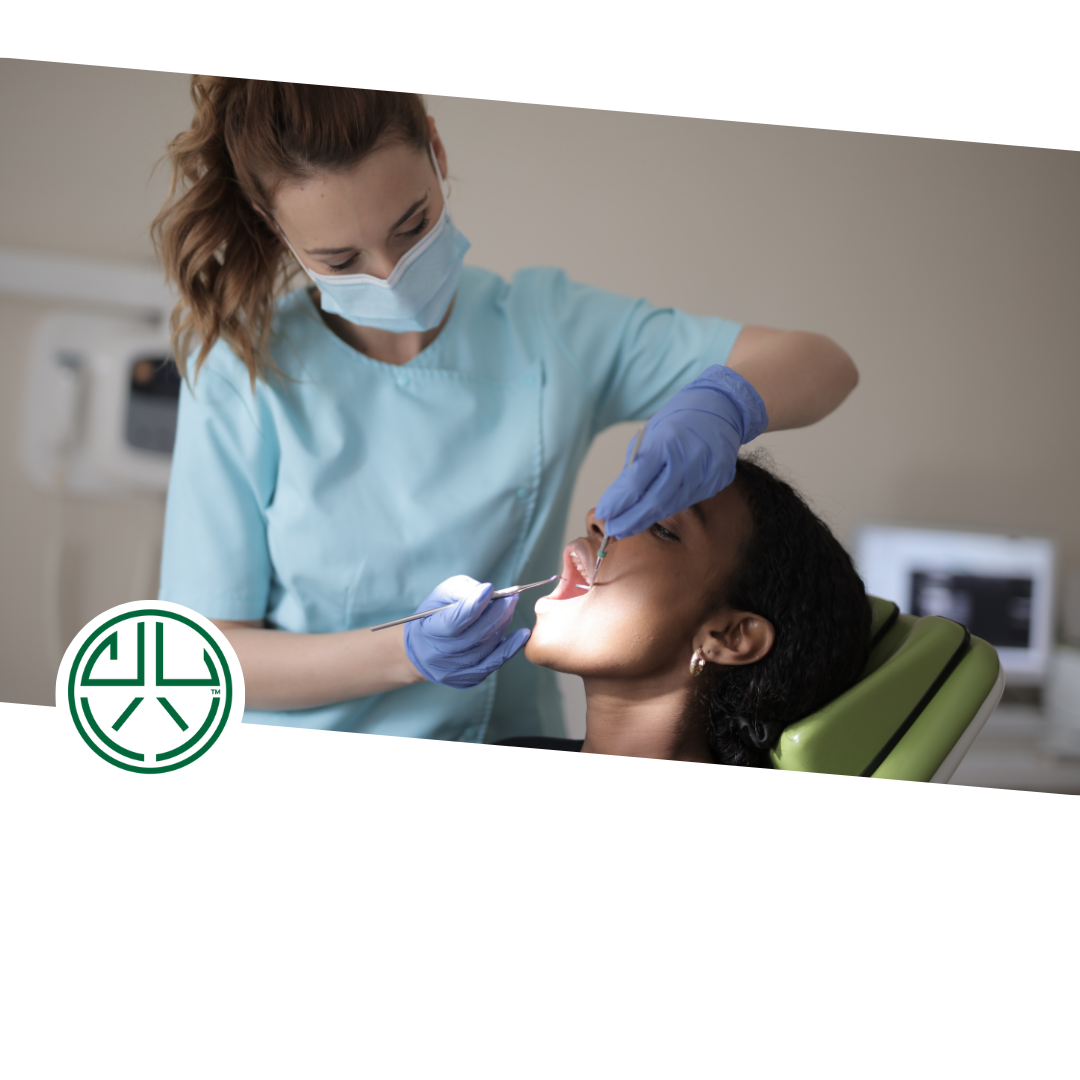
When you ever consider oral health, you can picture bright smiles, a fresh breath, and being cavity-free. But your mouth is just grinding up food and showing off your smile—it's connected deeply to...
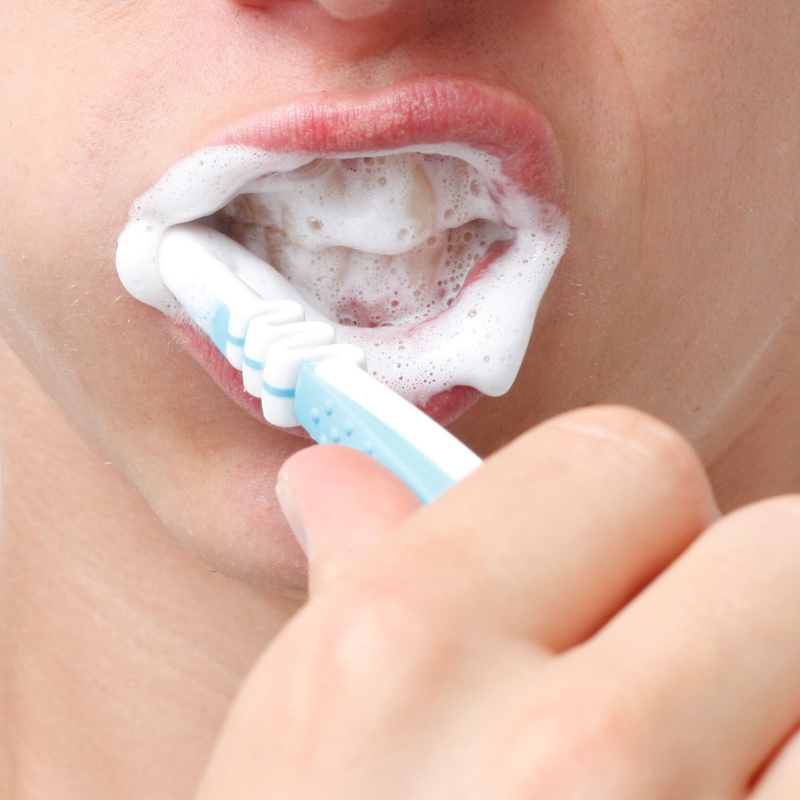
In oral care, there is one ingredient which has been working steadily and gaining respect in the background: hydroxyapatite. Rather than using only conventional agents such as fluoride or abrasive ...

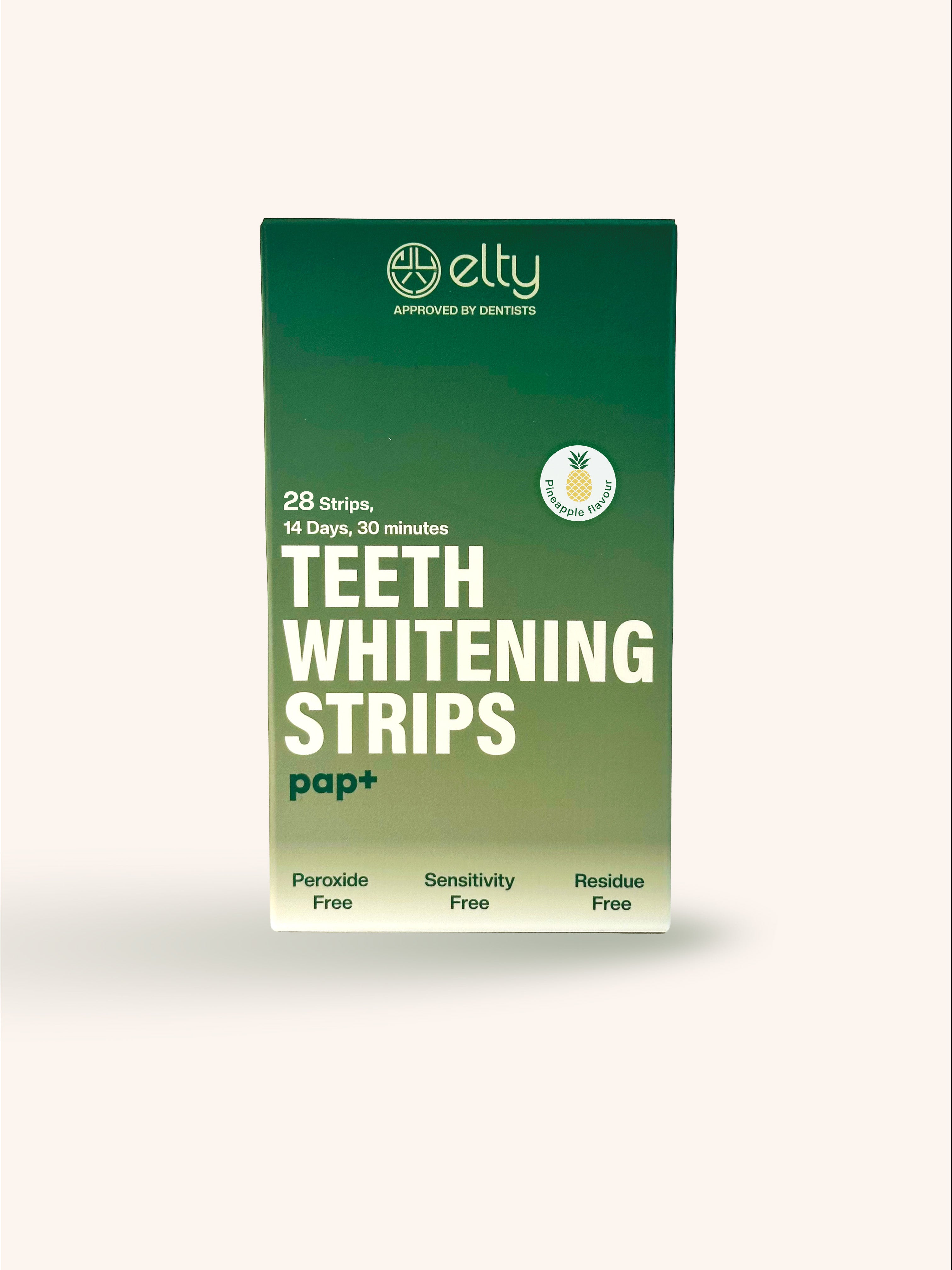



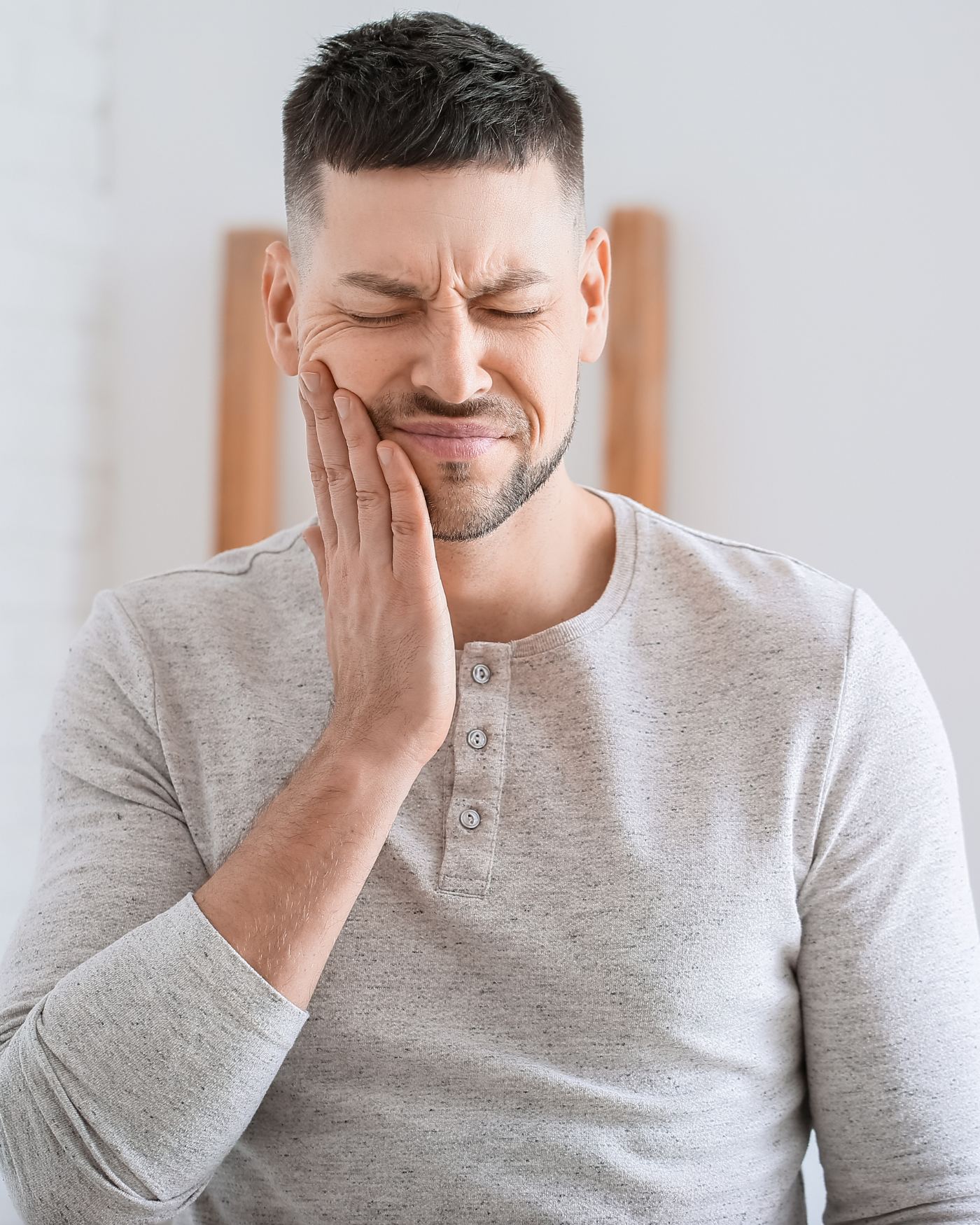
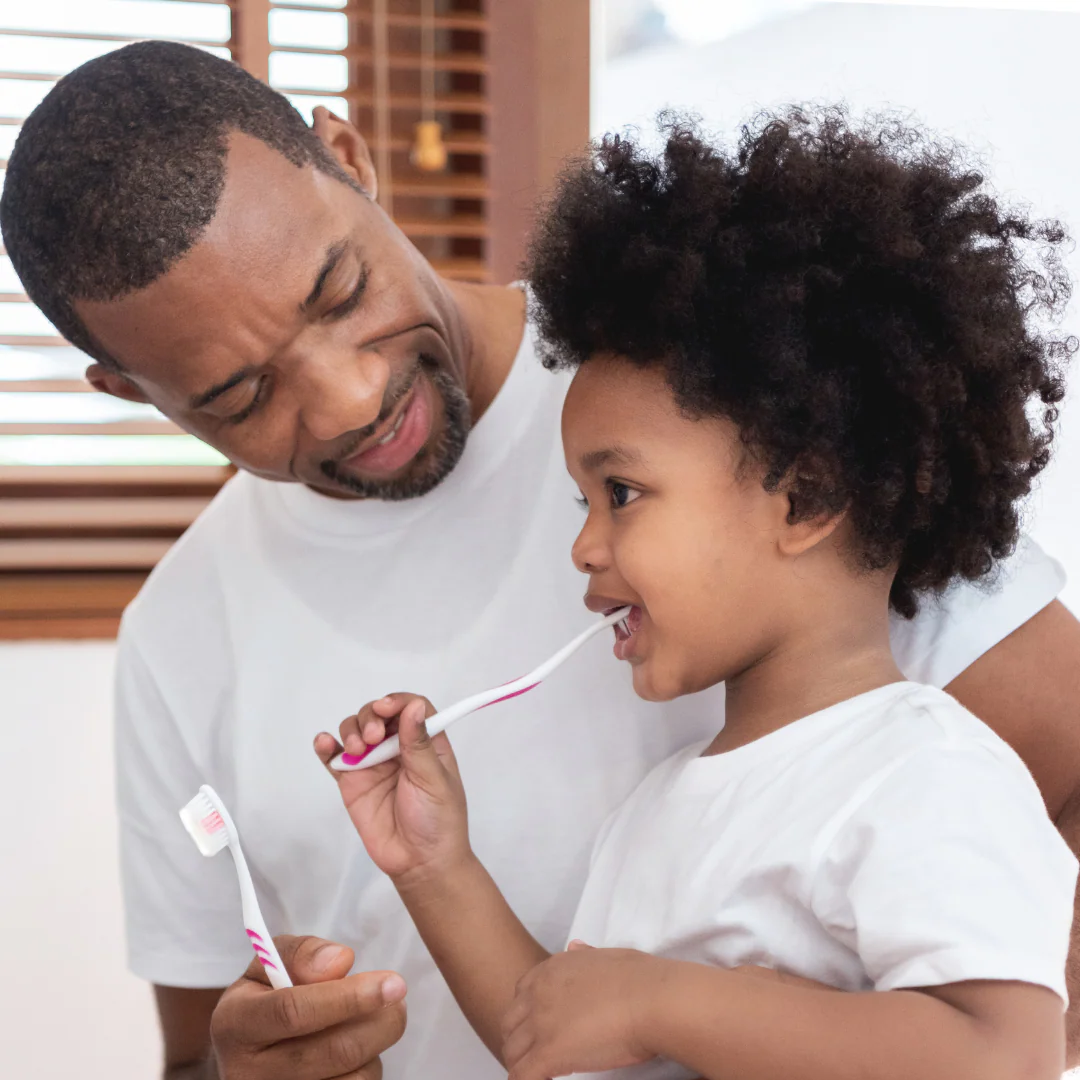

Leave a comment
This site is protected by hCaptcha and the hCaptcha Privacy Policy and Terms of Service apply.